The complete guide to growing your business with distribution marketing partnerships
- Publication date
- Author
- Imogen Beech
- Reading time
- 11 minute read
Looking to enter new markets? Boost conversion? Grow your sales pipeline? Whatever your business goals, a distribution marketing partnership may just be the ticket you need.
It’s the partnership type that saw DataStax grow its pipeline by 140%. And the same partnership type that saw Microsoft achieve $8 billion in partner revenue in just two years. And yep, you guessed it – the very same partnership type that saw Google increase its user-base in 19 countries by getting featured on Kit Kat wrappers. (Okay, perhaps you didn’t quite guess that one!)
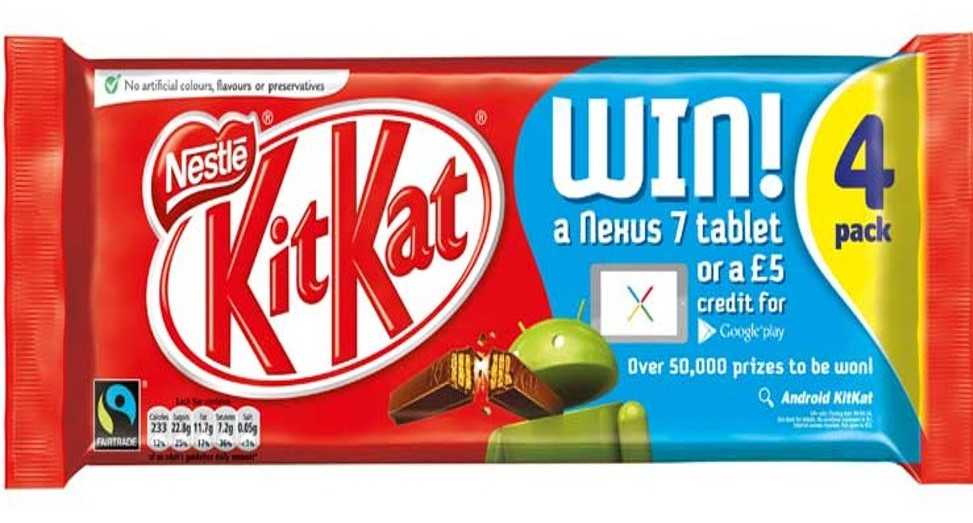
Let’s take a look at exactly what forms a distribution marketing partnership can take, and what it could do for your business.
Breezy can help you uncover thousands of partnership opportunities for distribution marketing and more.
Distribution marketing is the process of making a product or service available to the consumer who wants to buy it. The product could be made available directly by the vendor (perhaps by the vendor opening its own shops) or indirectly through channels like distributors.
Sometimes known as ‘place’, distribution is one of four elements that make up the marketing mix, along with product, pricing and promotion (often called the ‘four Ps’).
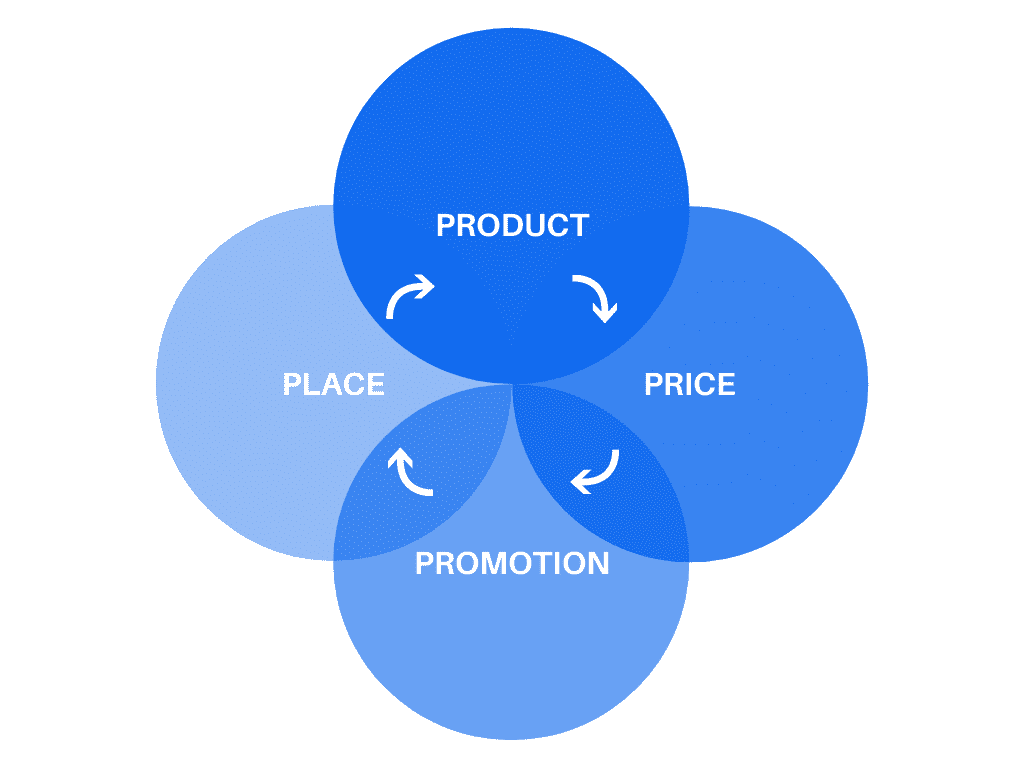
We know what you’re thinking: okay, we get the ‘distribution’ part, but where does ‘marketing’ come into it?
Well, the marketing mix is one of the most basic foundation concepts in marketing – without making a decision about each one of these elements, a company can’t sell its product. So, that makes a distribution strategy an incredibly important part of marketing.
A distribution marketing partnership is a form of partner marketing where one brand makes use of another brand’s distribution channels to promote their own products and services. Essentially, it allows the primary brand to save a lot of time, money and effort building their own relationships by leveraging the relationships that the secondary brand has built!
There are five main types of distribution marketing partnerships. And, true to form, they all have overlaps!
Here, we’ll attempt to separate them out as best we can.
Also known as cross-marketing, cross-promotion is when customers of one product or service are targeted with the promotion of a related product or service.
This can be within the same brand – for example, when Oprah Winfrey uses cross-media marketing to promote her books on her television show. Or when Amazon shows you other related products before you reach checkout.
However, when it comes to partnerships, cross-promotion usually involves one brand’s customers being targeted with promotions for another brand’s products.
So, how do businesses cross-promote?
This can take many forms both online and offline. Here are just a few that you may have come across:
Often, the primary brand will offer the secondary brand’s customers offers, coupons, vouchers or promo codes. This allows the secondary brand to present the promotion as an exclusive offer, rather than something that could be considered annoying or even spammy.
On top of that, giving these customers access to an exclusive offer makes it likely that the conversion rate will be higher. And, in the case of offline promotions in particular, it allows the primary brand to more easily track the impact of the promotional activity through the use of discount codes.
But why exactly is cross-promotion so important to a brand’s marketing strategy?
Well, as long as brands have similar target audiences, cross-promotion allows them to expand utilising one another’s customer bases. Not only can this save them time, money and resources, but it also has benefits that are similar to referrals (a partnership type that you can read more about in our guide to referral marketing agreements).
Imagine someone is a regular customer of a brand that they know and love (the secondary brand). This brand then sends them a promotion for another similar brand (the primary brand). In doing so, the secondary brand, who has already built a trusting relationship with the customer, is effectively endorsing the primary brand, serving to cement a level of trust and quality in their products far quicker than the primary brand could do alone.
Example:
The department store Macy’s cross-promoted the nonprofit organisation Special Books by Special Kids by sharing the nonprofit’s video on their Facebook page. This also overlaps with content marketing partnerships, since the cross-promotion here is content-based.
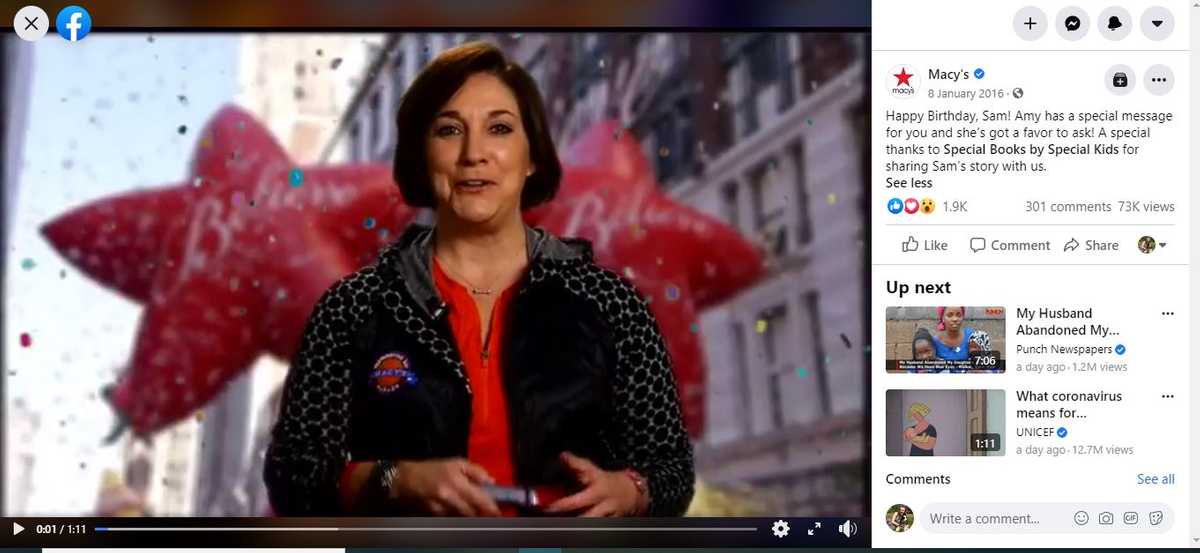
Partnerships aside, bundling is a popular pricing strategy where multiple products are bundled into one offering.
This tactic is particularly popular in the SaaS space, with Microsoft’s Office 365 suite providing an excellent example of bundling. Microsoft consumers have no way of picking individual products that they’d like to pay for – instead, they pay a flat monthly fee to have all the Office products installed on their desktops, including the less popular Access, Outlook and Publisher as well as the more popular Word, Excel and Powerpoint.
This is known as pure bundling because these products are only available to buy in a bundle. However, you can also get mixed bundling, where the products are available to buy individually or as part of a bundle. Generally, the price for buying the products in a bundle will be lower, to encourage consumers to buy more than one product.
A bundling partnership works in exactly the same way – the only difference is that in this kind of bundling, the products or offerings that are bundled together belong to two different brands.
Here are some ways that can work:
Brands can also choose between hard bundling or soft bundling. In a hard bundle, the partners’ products or services are sold together for a fixed price. For example, you might come across an offer that says something like: ‘Get six months of SportsVOD for free when you upgrade to PhoneProvider Plus Package’.
On the other hand, in a soft bundle, the customer still receives a discount for buying both products, but the products and discount are accessed separately. So, you’re likely to see something more like: ‘PhoneProvider Plus Package users get three months access to SportsVOD for the cost of 1 month.’
There are many ways in which brands can strategically use bundling to achieve their goals.
Firstly, it can be a great way to encourage consumers to use a lesser-known product. Imagine you know exactly what you want to buy. But when you get to the product page online, you realise that for just a few pounds extra you could get a whole other product as well. Tempting, isn’t it!
In the same way, bundling can be a great introduction to a lesser-known brand – getting your product in the hands of a new audience is a fantastic way to show off your offering and encourage them to become regular customers.
On the converse side, bundling isn’t just a great opportunity for the primary brand – it can also work really well for the company who is doing the promoting using their distribution channels. Most notably, it can be a great way for a company to incentivise their customers to purchase a certain product (perhaps one that needs some additional promotion). Or, a company could introduce a bundling offer for just a short timeframe, to encourage sales over a particularly quiet period.
Example:
An example of digital bundling is mobile network provider EE giving new users six months of free Apple Music. This successful collaboration has a proposition takeup rate that’s 45% above forecasts. Plus, EE claims that it’s improved the brand’s net promoter score by a whopping four points.
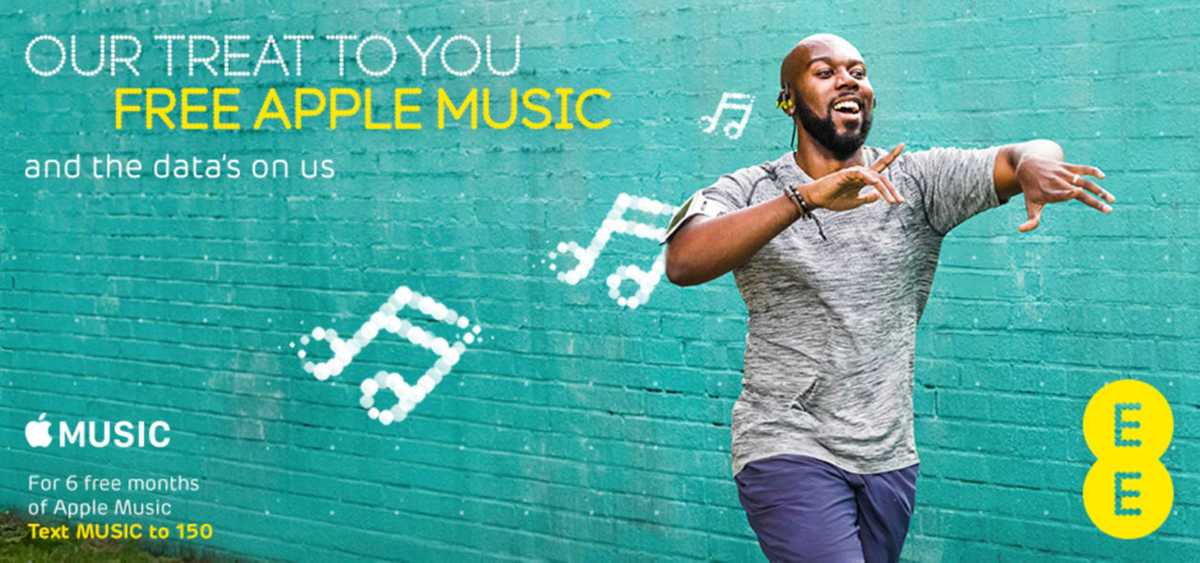
Another quite different example of bundling is Birchbox. This company combines a number of different brands’ products to create a subscription box sold as one.
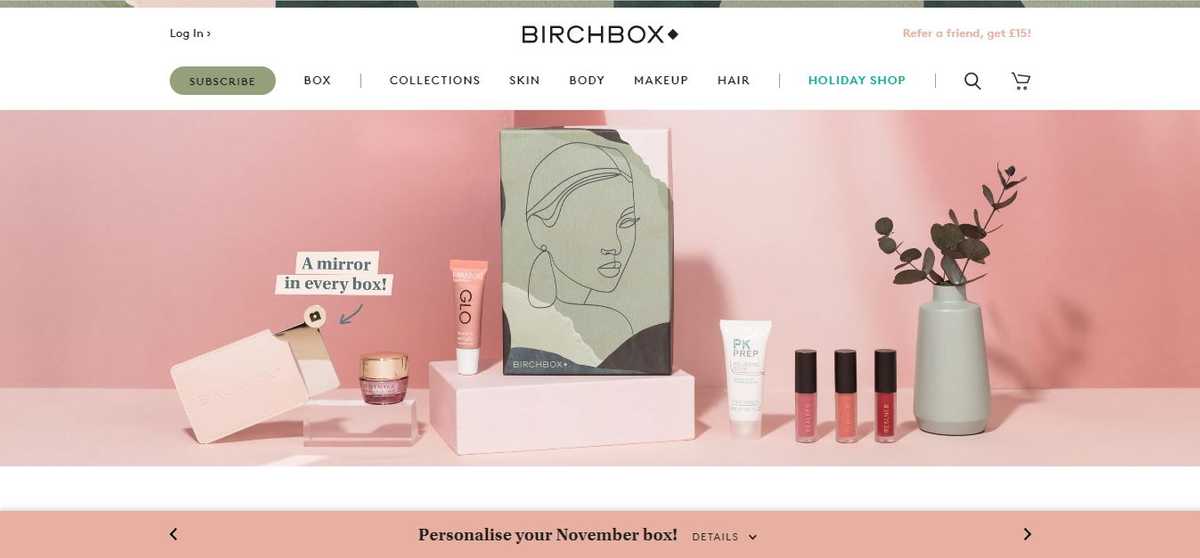
In eCommerce, reselling is exactly what it sounds like. It’s when someone buys a product and then literally resells it to another customer after marking up the price. Remember those indirect sales channels we mentioned at the beginning of this guide? Well, resellers are those people or companies who come in between the manufacturer and the customer.
There are three main forms a reseller can take:
Of course, customers can also be resellers themselves if they purchase a product and then sell it on for a higher price – think Gumtree or Facebook marketplace for instance! This is known as arbitrage or flipping.
Reselling works for both the manufacturer and their reselling partner. From the manufacturer’s point of view, they don’t have to put any effort into marketing the product to the end customer which means they can focus on what they do best (actually making the product). They also benefit from selling large quantities at a time, as resellers usually buy in bulk (compared to the end customer who’s likely to only buy one of each item).
From the reseller’s point of view, they get to make money without any of the stress and costs of having to design and then manufacture a product. In this way, reseller partnerships share a large overlap with supply chain partnerships – a kind of outsourcing partnership where the primary brand delegates the manufacturing of its product to another.
Often, a reseller will also add extra value to a product themselves, perhaps by adding their own branding or packaging (if they have permission to). This is where reselling and white labelling overlap. White labelling involves one company rebranding another's product to make it look like its own, and could be seen as both a product partnership and a licensing partnership, which you can read more about in our piece on the 15 types of strategic partnerships.
Example:
TK Maxx is a reseller you’ve probably heard of. The store prides itself on buying discounted or surplus items from top brands, vendors and designers and then passing (some) of those savings onto customers.
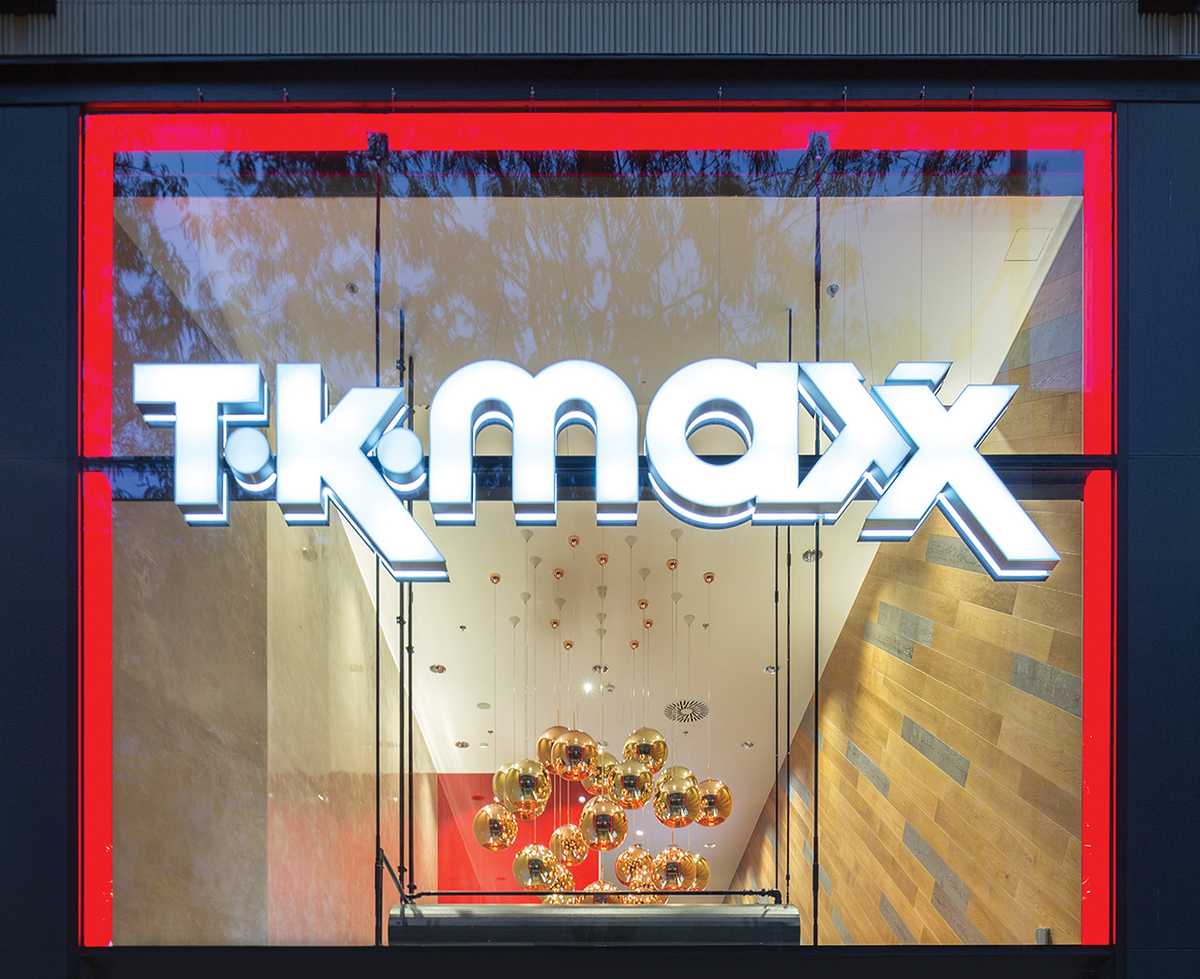
Co-selling, also known as solution selling, is when two sales teams work together to create a more unified experience (or solution!) for the end-user.
There are generally two main kinds of co-selling:
By enabling two sales reps or teams from different companies to work together, vendors are able to better control how their products are being represented and both companies are able to unlock new markets and sell more efficiently.
Of course, there’s an overlap here with licensing agreements and reseller agreements. But there is a key difference: a co-selling relationship needs both partners to engage more highly with one another in the sales process, as well as to align their go-to-market strategies and messaging.
It’s precisely this added level of involvement that makes co-selling so effective. A study by Concur found that 77% of companies who take part in co-selling partnerships have seen an increase in their profits since adopting this model, whether directly or indirectly. Nine out of 10 of the companies that took part in the survey also stated that co-selling required less time and financial commitment than re-seller models – making it a win-win in our books!
Example:
Microsoft is one business that has taken co-selling to a whole new level by introducing co-seller partner programs. Rather than just partnering with one or two other brands to co-sell its products, Microsoft used its program to form 9,000 partnerships by the end of the program’s first year alone, and made $8 billion in partner revenue within the first two years (according to CRN)! Just one company that has partnered with Microsoft in this way is OSIsoft, which Microsoft says has achieved 12 joint wins through the program.
The scheme enables Microsoft’s sales team to sell partner solutions built on top of Microsoft technology, along with its own products. This all starts with lead account mapping, which we’ll get to next.
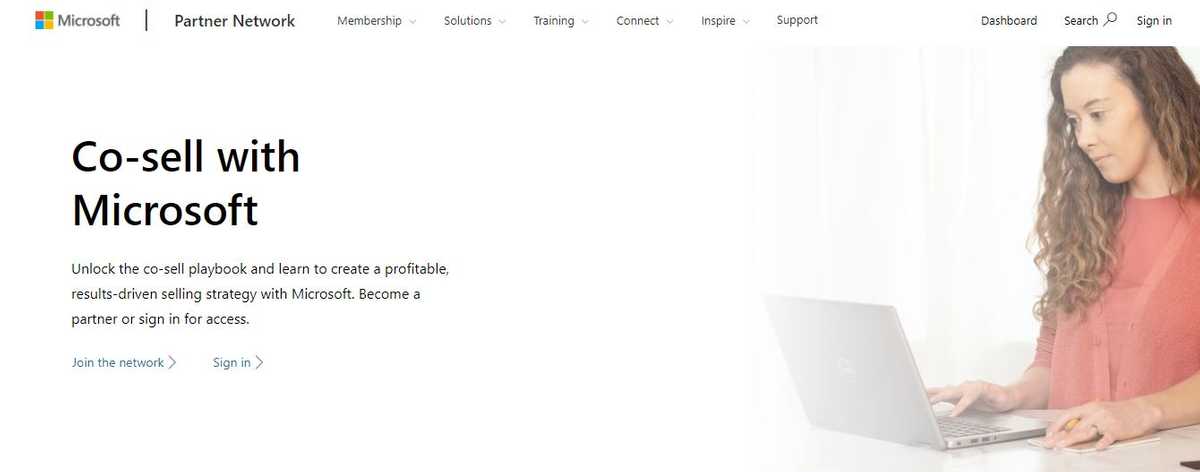
Similarly, inbound marketing company HubSpot has nearly 2,000 sales and co-selling partners. Some of these partners receive a share of the revenue when they sell a complementary subscription service to an existing HubSpot customer.
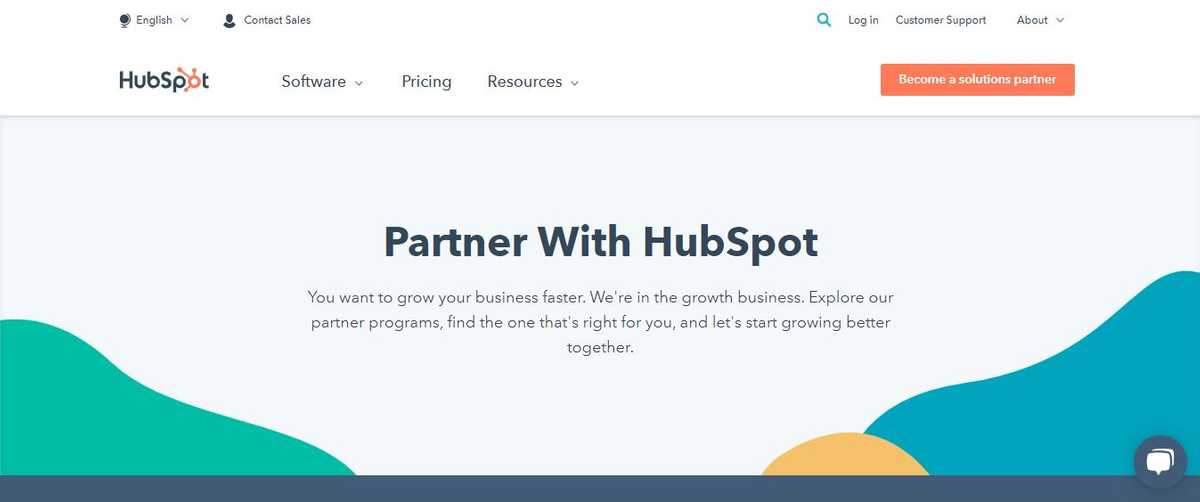
Lead account mapping is when partner companies work together to share their leads. It’s often how a co-selling partnership starts, as this is the process that helps companies identify where their sales teams should focus their efforts.
Essentially, in lead account mapping, brands take a list of their customers or potential customers and cross-reference it with their partner’s. This can be challenging in itself (with questions often arising over who gets to actually receive the other brand’s information and who does the cross-referencing) but solutions like Crossbeam are making it their mission to solve these problems.
When there’s a match, the partners can then choose to share more data with one another about these leads. Once that information has been exchanged, the partners can work out exactly how they can use the information available to them for the benefit of both brands
Each brand will usually identify three types of leads:
Based on where these customer types overlap between the partner brands, the partners are able to come up with a strategic plan for how to make use of their mutual leads. That might look something like this:
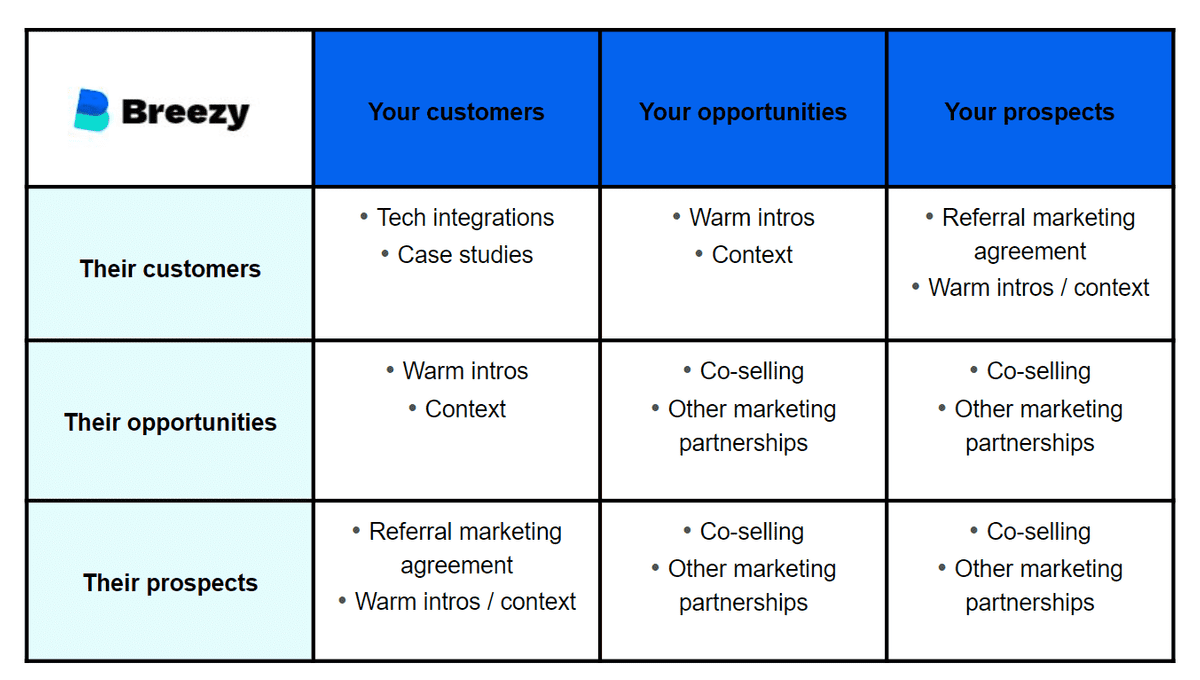
One way that partners can use mutual leads is to help one another out with ‘warm’ introductions. Essentially, in a competitive market where cold sales calls and emails abound, having a mutual contact introduce another company turns a ‘cold’ lead into a ‘warm’ one, making them easier to convert.
Another way that lead account mapping can help partners is to identify mutual opportunities where they can focus their co-selling activities. Or, their lists of mutual customers may give them the impetus to build a tech integration to give their customers a smoother experience. The sky’s the limit!
Example:
Microsoft’s co-seller partner program begins by using lead account mapping to identify qualified leads among Microsoft or its partners’ customers. The lead is then shared between the partners so that both companies can work together to pitch to the customer. Data management company DataStax is just one example of a company that has worked with Microsoft in this way, growing its pipeline 140% through the co-selling partnership, according to Microsoft.
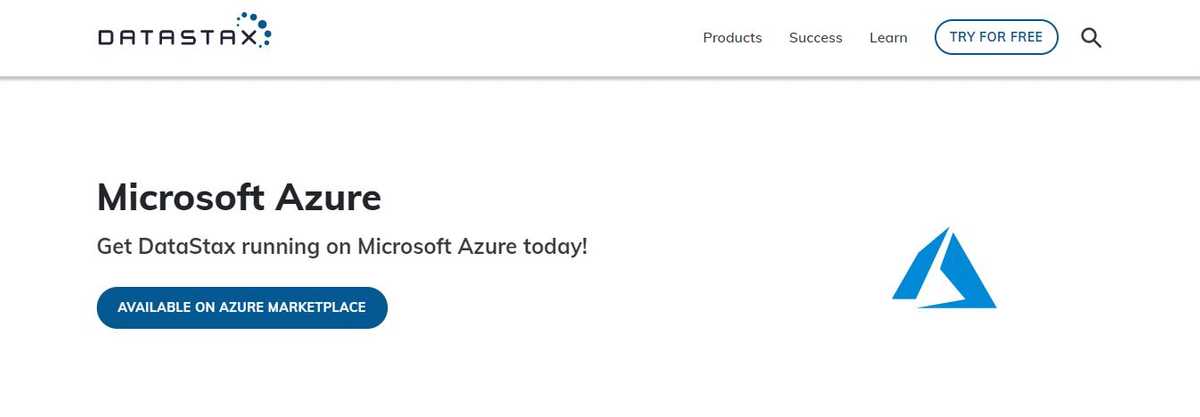
The cloud communication platform Dialpad is another example of a smaller tech company that has benefited from lead account mapping. Within just a few months of adopting Crossbeam’s lead account mapping software, the brand had closed joint deals worth nearly $500,000 and identified more than 85 new opportunities (as reported by Crossbeam).
--
So, whether bundling has caught your eye or a cross-marketing partnership sounds right up your street, there’s no denying that a distribution marketing partnership holds a world of possibilities for pretty much any brand!
If you’re looking to get started with a distribution marketing partnership the easy way, just book a demo with Breezy. We’ll show you how our partner search engine can give you hundreds of relevant partner brands to choose from and the rest will follow!
Find thousands of relevant partnership opportunities (way!) more quickly with our partner intelligence and discovery engine.
Imogen is a copywriter and content writer with over two years’ experience writing about the exciting world of strategic partnerships, as well as running her own business. She loves learning about new topics as she writes, and has enjoyed penning articles on industries ranging from mortgages to events, theatre to home improvements and everything in between.
View more by Imogen Beech